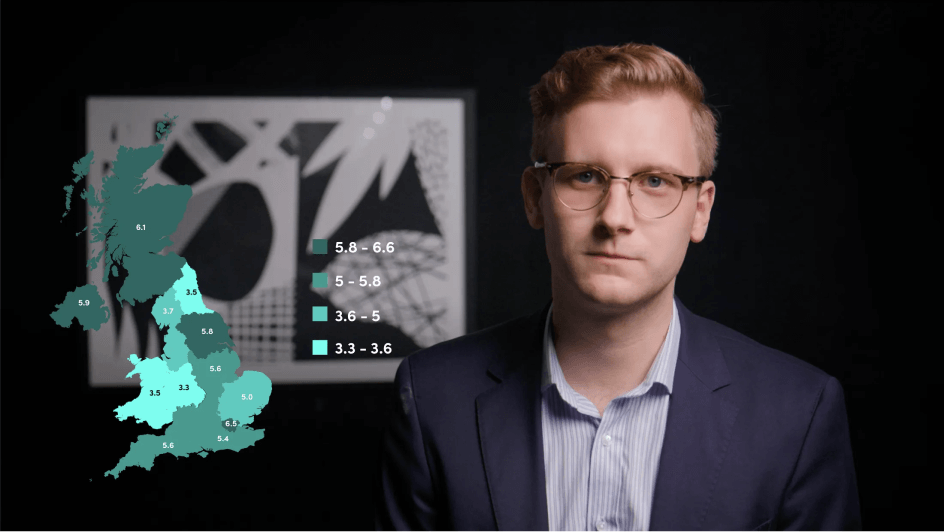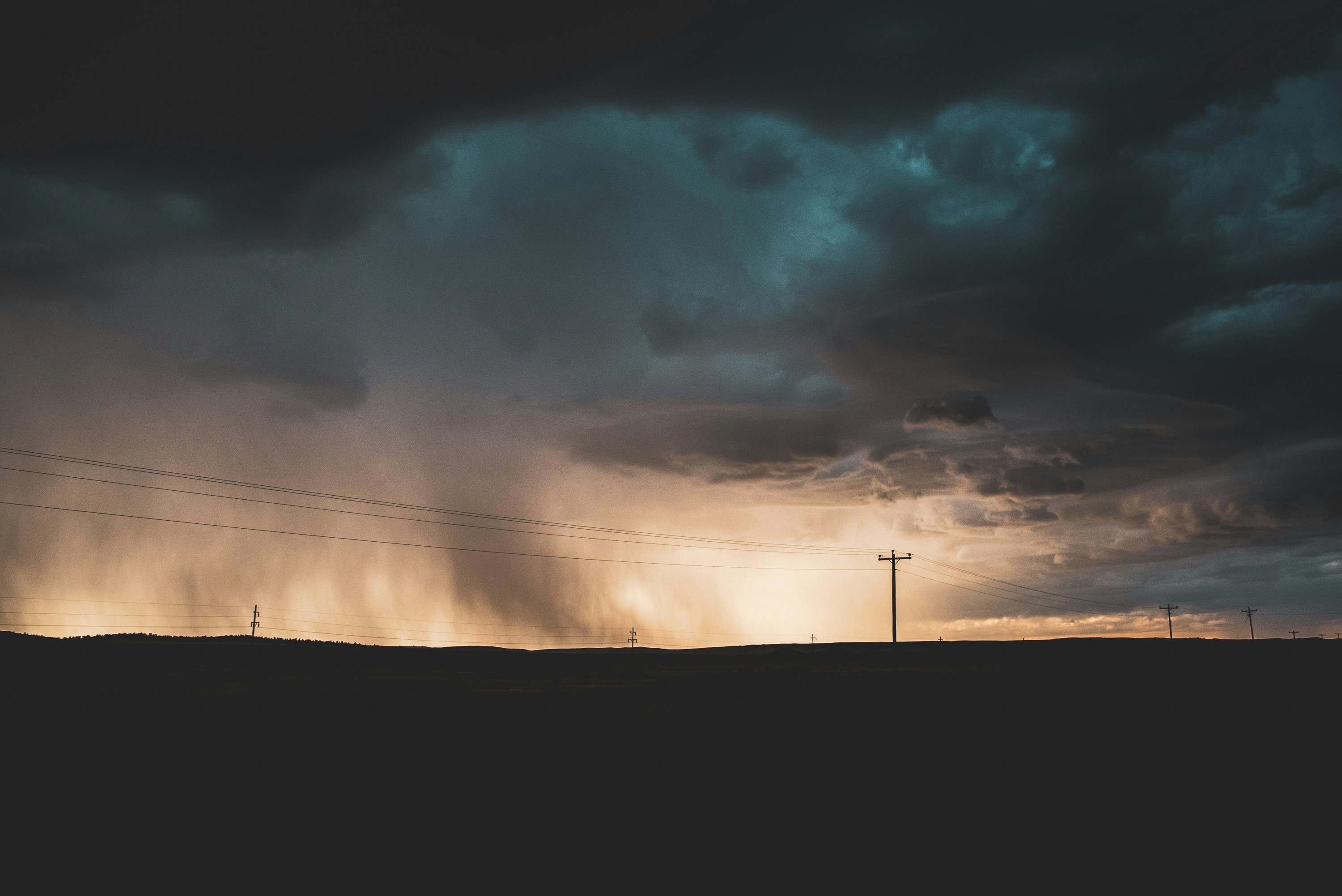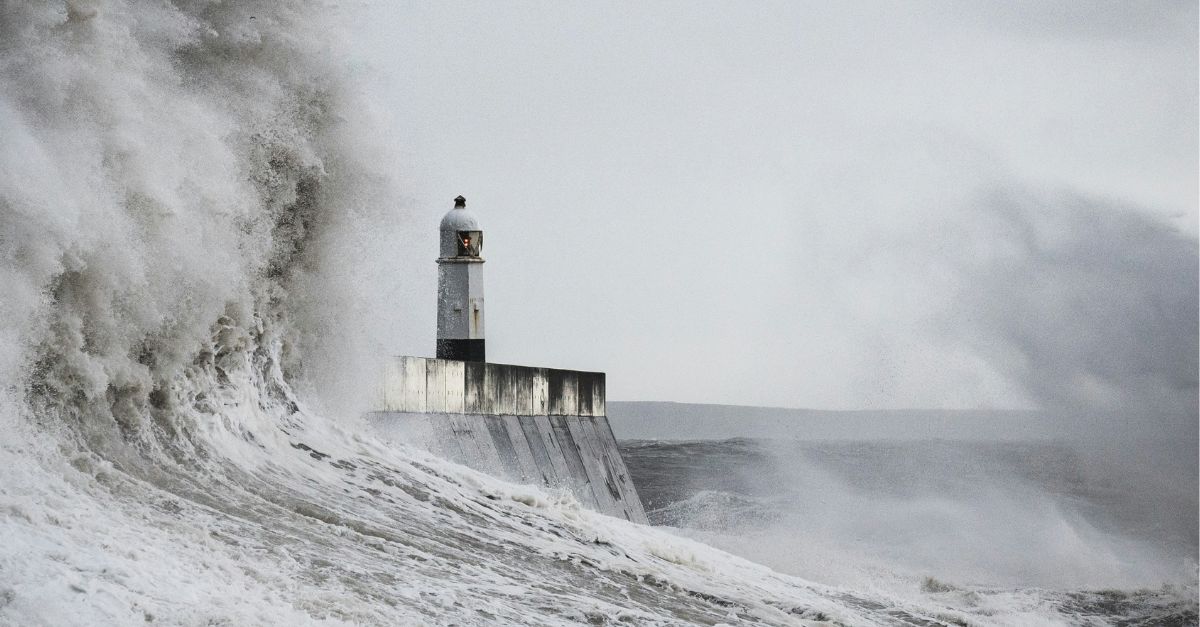
Trade tariffs: Operating within the turbulence

Prasad Gollakota
20 years: Capital markets & banking
Why volatility is the new normal, and how you can prepare for it

The real story about trade tariffs isn't the tariffs themselves — it's what they represent. These moves are signals. Signals that we're in an environment where decisions are made at the extremes, and are therefore less predictable than ever before.
We often think of moments like these as temporary. A phase to ride out before things return to normal. But that thinking assumes the systems we depend on are stable and self-correcting. Increasingly, it appears, that's no longer the case.
What used to be seen as exceptional is becoming standard. And it's not just in trade. Across sectors, organisations are in danger of shifting from careful coordination to unilateral actions. We're seeing a broader pattern of institutions operating under pressure, leaning into bold and sometimes blunt responses.
Withdrawal of all major US banks from the UN-convened Net-Zero Banking Alliance (NZBA) just weeks before the inauguration of US President Donald Trump – since followed by Canadian and Japanese members and others – may have been more to do with countering criticism from right-wing politicians than a deeper intent to renege on sustainability pledges.
But such news shows how the model has flipped. Where stability was once the default, dealing with the extremes is now constant. Instead of occasional disruptions, we're navigating a world of rolling, overlapping volatility.
Grappling extremes
From eroding trust in global systems to fragmented information flows and economic stressors, the forces reshaping our world are structural, not cyclical. The challenge isn't waiting for calm to return — it's learning to operate within the turbulence.
Systems that once helped absorb shocks are themselves under strain. Policy frameworks, market regulations, and shared standards are struggling to keep pace with the complexity of today's environment.
As uncertainty grows, moderation shrinks. In the absence of shared facts or trusted institutions, people and organisations move towards, and find ground, at the extremes.
This shows up in many forms:
- Rapid, sweeping policy shifts
- Economic nationalism and decoupling
- Cultural polarisation
- Zero-sum thinking in global trade and governance
The centre isn't holding — not because people don't want it to, but because it no longer feels stable enough to stand on. In that vacuum, extreme positions and decisions fill the space.
Trade tariffs are a case in point. Their resurgence isn't about any single issue — it's a sign of how institutions respond when traditional levers seem too slow or ineffective.
This isn't the last move of its kind. We should assume anything is on the table; from suspension of debt service payments to selected investors, to capital controls preventing free trade. Nothing is beyond scope. These extremes are part of a trend toward faster, louder, and more decisive action — often at the cost of nuance, coordination, or long-term thinking.

So, what now?
If uncertainty is here to stay, the priority isn't restoring what was — it's preparing for what's next. That preparation demands resilience on multiple levels:
Cognitive resilience: Strengthen your ability to process complex, conflicting information. Invest in informational skills that help separate signal from noise. In our recent insight, 'Why information skills are essential in the workplace', we explore, for instance, the critical importance of communication skills at all levels, but particularly for leaders who need to inspire and align teams, and both make and message difficult decisions.
Organisational resilience: Build adaptable structures. Focus less on rigid planning, more on scenario thinking and responsive frameworks. Going into defence mode may at times be necessary, but be wary of getting stuck in a state of paralysis. Remember, Kellogg's profits rocketed by 30% when it bucked the cut-back trend and invested in marketing in the wake of the Depression.
Emotional resilience: Accept uncertainty as a feature, not a flaw. Teams and leaders who can stay steady in ambiguity will outperform those waiting for clarity. Look for the real stories behind the headlines — climate action may have taken a knock since the start of the year, for example, but when we delve deeper into the investment stories behind the doom and gloom, not all is as it may seem. This doesn't mean we should ignore today's volatility or the considerable uncertainty ahead, it's about working within it, and keeping cool heads while we gather and process reams of complex, and often nerve-jangling, information.
Trust your sources: The ability to navigate uncertainty depends on who and what you rely on for guidance. Choose quality over quantity. In his recent insight, 'Implications of higher US tariffs on the UK economy' for instance, Ahmet Kaya, Principal Economist at the UK’s National Institute of Economic and Social Research, takes a considered view of the current trade landscape between the UK and US to carefully explore the ramifications of various tariff scenarios. This kind of understanding of the macroeconomic mechanisms at play helps inform strategic, rather than panicked, decision-making at critical geopolitical junctures.
And critically:
This isn't about managing decline. It's about embracing the opportunity to rethink how we operate.
Tariffs are a headline. But the deeper story is one of transformation — from linear to dynamic systems, from predictability to adaptability, from central control to distributed decision-making. This approach is the only way to find a new centre and semblance of stability and certainty.

Prasad Gollakota
Share "Trade tariffs: Operating within the turbulence" on
Latest Insights
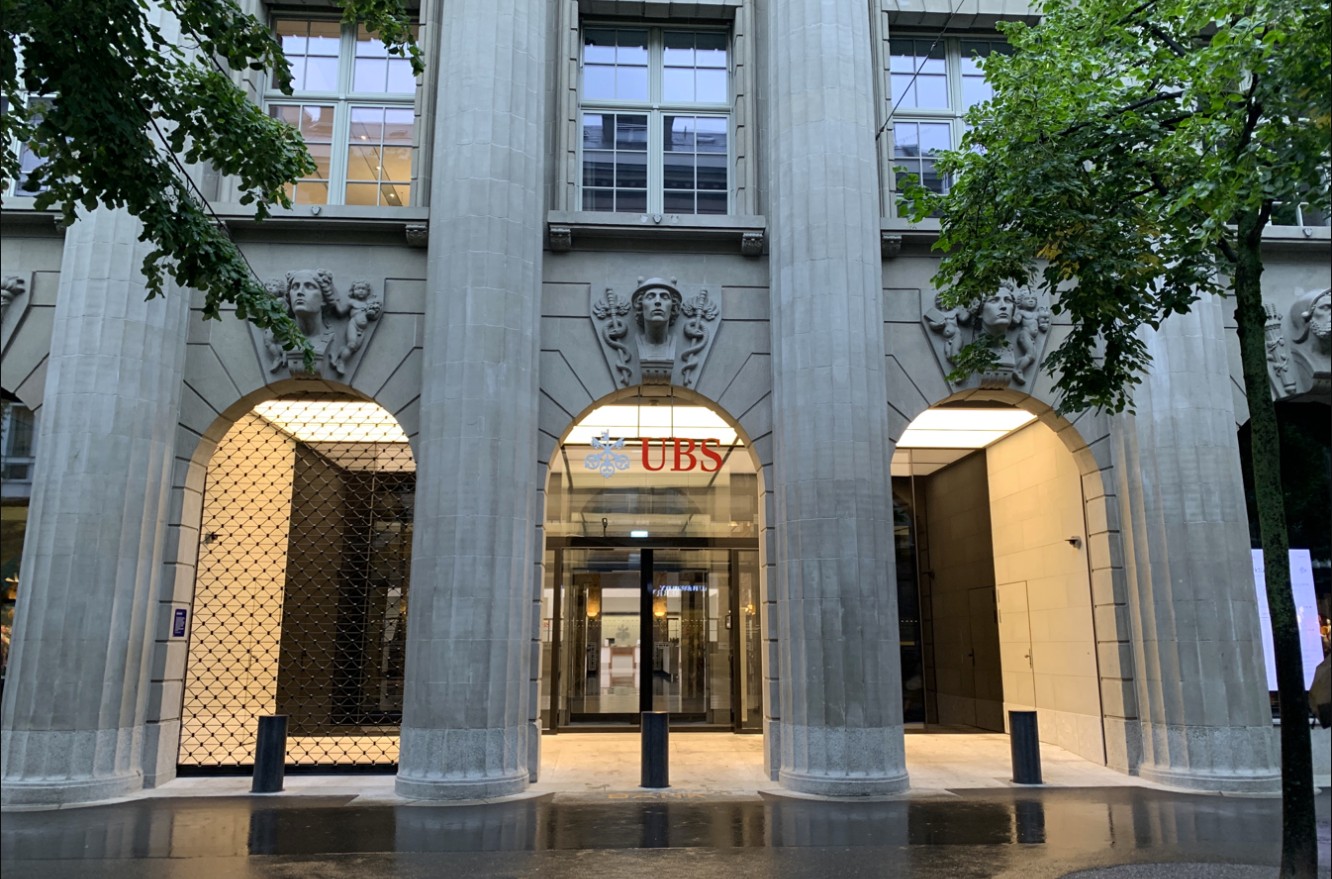
UBS and Switzerland: Capital hikes are not the right tool for the job
15th October 2025 • Prasad Gollakota

Trade deals & trade wars: The regional impact
23rd May 2025 • Adrian Pabst and Eliza da Silva Gomes
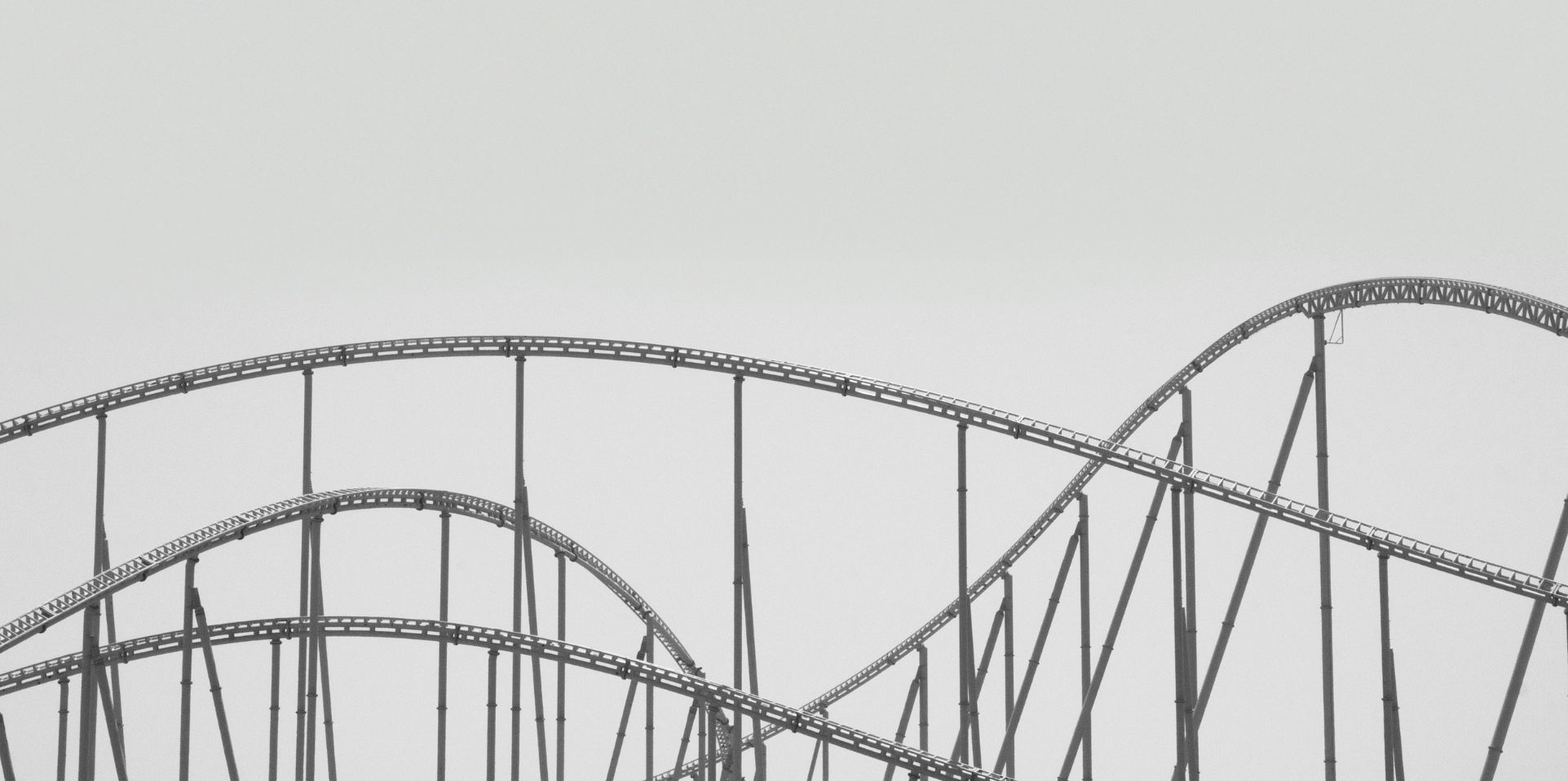
Unpacking the truth behind U.S. Treasury market volatility
17th April 2025 • Prasad Gollakota












